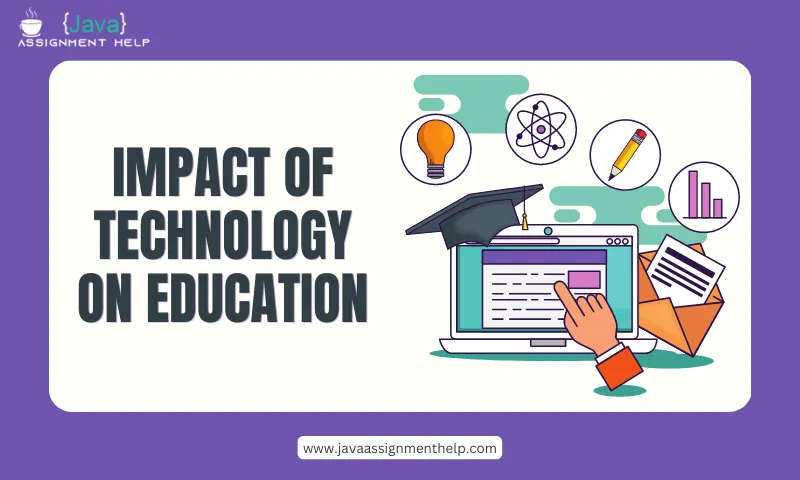The K-12 education sector is undergoing significant changes, and the future of education is likely to be very different from what we see today. In this blog post, we will explore some of the trends and predictions for the future of K-12 education.
Increased use of technology
One of the most significant trends in K-12 education is the increased use of technology. Technology is transforming the way students learn, and it is providing new opportunities for personalized learning. With the help of technology, educators can create personalized learning plans that cater to the individual needs of each student. Technology can also provide new ways of assessing student progress, such as online assessments, which are more efficient and accurate than traditional methods.
Blended learning
Blended learning is another trend that is likely to become more prevalent in the future of K-12 education. Blended learning combines traditional classroom instruction with online learning. This approach provides students with the flexibility to learn at their own pace while still receiving guidance and support from their teachers. Blended learning can also help reduce the achievement gap by providing more equitable access to education.
Personalized learning
Personalized learning is an approach that is gaining popularity in K-12 education. Personalized learning focuses on the individual needs and interests of each student and tailors learning experiences to meet those needs. This approach can help students develop a deeper understanding of the material and can improve their overall learning outcomes.
Changing role of educators
As K-12 education evolves, the role of educators is also changing. Educators are no longer just content providers; they are becoming facilitators of learning. The role of educators is shifting from delivering information to guiding students through their learning journey. Educators are also becoming more collaborative and are working in teams to create personalized learning plans and provide support to students.
Increased emphasis on soft skills
In the future of K-12 education, there will be an increased emphasis on soft skills. Soft skills, such as communication, collaboration, critical thinking, and problem-solving, are becoming increasingly important in the workplace. K-12 education will need to adapt to prepare students for these skills by incorporating them into the curriculum and providing opportunities for students to practice them.
Conclusion
The future of K-12 education is likely to be very different from what we see today. The increased use of technology, blended learning, personalized learning, changing role of educators, and increased emphasis on soft skills are just a few of the trends that will shape the future of education. It is essential that educators, administrators, and policymakers work together to ensure that K-12 education adapts to these changes and prepares students for the challenges of the future. By embracing these trends and innovations, we can create a more effective, equitable, and inclusive education system that meets the needs of all students.



